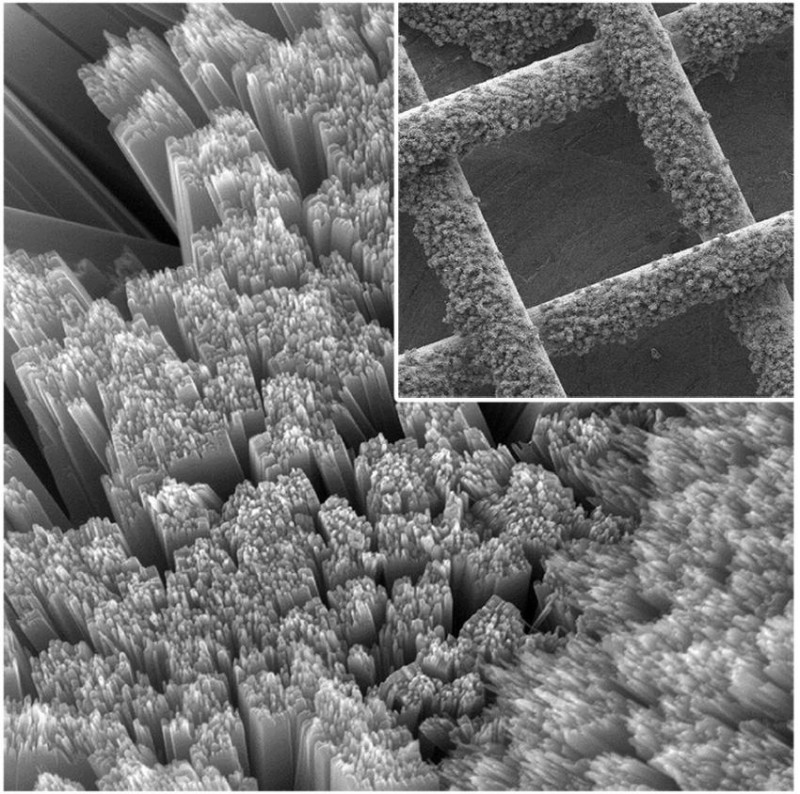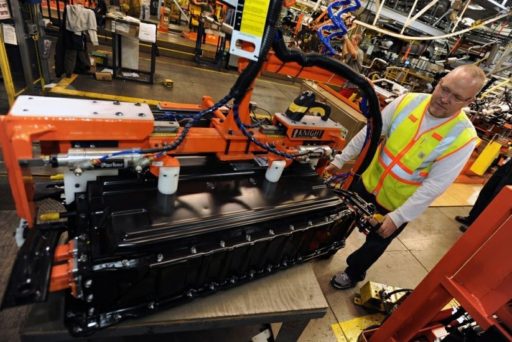We’ve seen many great combinations throughout history, and we now have one more to add to the list. Lately, researchers at the Ohio State University have invented the world’s first solar battery. It runs on light and air.
According to researchers, a mesh solar panel allows air to enter the battery, where electrons are exchanged between the solar cell and an electrode on the battery. The mesh is constructed from titanium oxide crystals, growing on a flexible base of titanium gauze. Just as in a natural plant, oxygen and light are utilized to generate electricity to charge the battery. The crystals capture energy from the Sun generating electrons, acting as the first of three electrodes, while air passes freely through the fabric-like base.
A porous carbon sheet under the titanium makes up the second electrode, under which a lithium plate acts as the third such terminal. There, electrons assist in the decomposition of lithium peroxide into lithium atoms and oxygen. The gas escapes into the atmosphere as a by-product. Oxygen is captured from the air as the battery discharges, re-forming the lithium peroxide reactant.
Layers of an electrolyte, with an iodide additive, were placed between each layer, through which electrons could freely pass. A red dye tuned the frequencies of light to which the device reacted. Older designs connecting solar cells to batteries required four electrodes.
Previous attempts to combine the two technologies were plagued by inefficiency. Only 80 percent of electrons generated by solar cells typically reach their target battery. In the new system, nearly all of the electrons produced are able to reach their destination, charging the device.
Yiying Wu, professor of chemistry and biochemistry at Ohio State University, said “The state of the art is to use a solar panel to capture the light, and then use a cheap battery to store the energy. We’ve integrated both functions into one device. Any time you can do that, you reduce cost. Basically, it’s a breathing battery. It breathes in air when it discharges, and breathes out when it charges.”
The combination of devices is used to drive several systems, including electronic signs by the side of the highway designed to inform drivers of news. Wu and his team believe their new technology could drive costs for similar power systems down 25 from current prices. The researchers have published the details of the development of the solar battery in the journal Nature Communications.
Source: Ohio State University
Thanks To: Tech Times
[ttjad keyword=”solar-device”]




